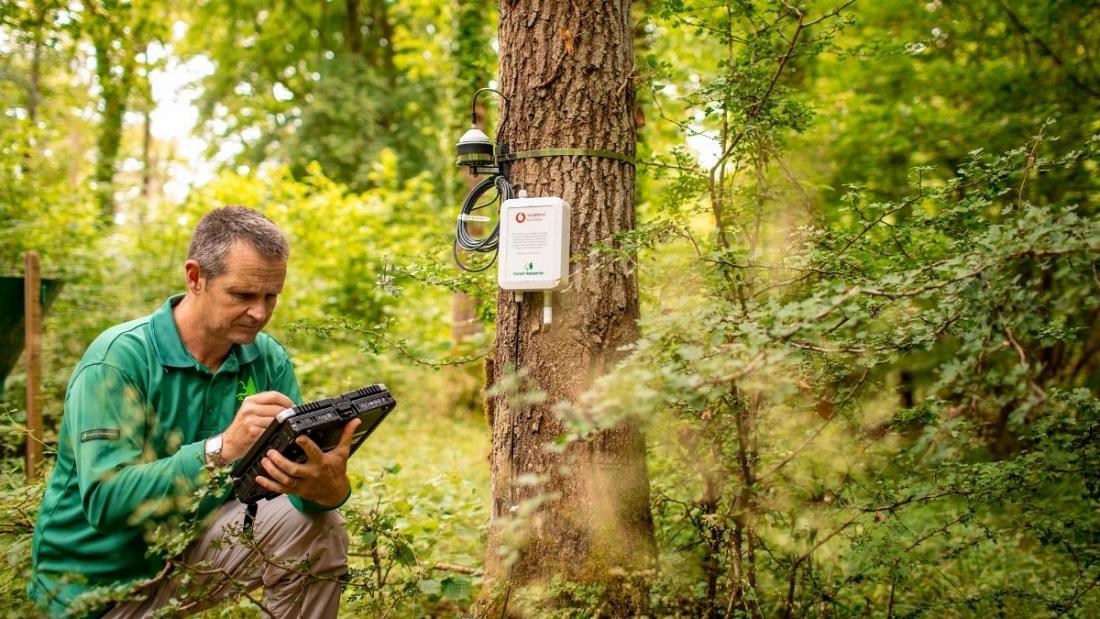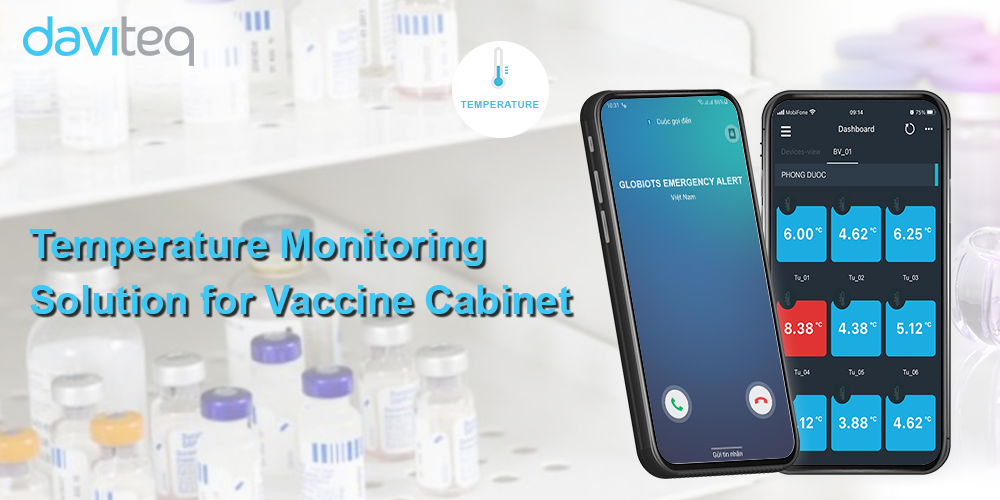Using artificial intelligence and machine learning, IoT platforms can do a better job of monitoring and securing networks.
The Internet of Things’ killer app might be artificial intelligence.
While it may be a stretch to classify artificial intelligence (AI) and its multifaceted offshoot machine learning as true applications, these techs can profoundly change IoT operations. AI makes IoT networks smarter and able to scale as needed without the risk of uncontrollable growth.
IoT operations is an ongoing struggle to try to ensure that the thousands or more devices run properly and safely on an enterprise network and that the data that’s being collected is both accurate and timely. While the sophisticated back-end analytics engines do the heavy lifting of processing the steady stream of data, ensuring the quality of the data itself is often left to somewhat archaic methodologies.
To help rein in sprawling IoT infrastructures, some IoT platform vendors are baking in AI/ML technology to boost their operations management capabilities. Some notable platform vendors, such as IBM and Schneider Electric, have already logged years of experience integrating AI/ML into their products, but the use of AI/ML is far from universal among all IoT platform purveyors.
“I would say across the hundreds of IoT platform vendors out there, it’s still a fairly rare phenomenon,” noted Sam Lucero, chief analyst, IoT services and technologies, at analyst firm Omdia. “It’s still a developing feature in the solution sets.”
Why IoT Platforms Need AI/ML
Despite the limited product rollouts to date, there’s ample evidence that AI/ML will be a necessary ingredient in most IoT platforms. Traditional management tools can meet the demands of larger IoT environments, as they are unable to keep up with the sheer size of the networks and the growing number of devices they link.
Current tools like SCADA systems may be able to provide basic monitoring of wireless sensors, actuators and other connected devices, but the information they receive is basic at best. Typically the data is based on predetermined thresholds, with little or no qualitative distinctions.
Joe Berti, vice president for AI applications at IBM, sees aging SCADA environments as a key motivation for upgrading to AI-infused IoT management.
“Just because there’s this massive infrastructure of SCADA systems that collect data for utilities, oil and gas, and manufacturing, and they’ve been collecting data for 10 to 15 years,” said Berti, “but they’re based on set points.”
Such manual processes—specifically establishing the points at which data collection operations turn from “good” to “bad”—is one of the key issues that contributes to inefficient and often inaccurate management methods.
Source: IoT World Today by Rich Castagna


 Tiếng Việt
Tiếng Việt



